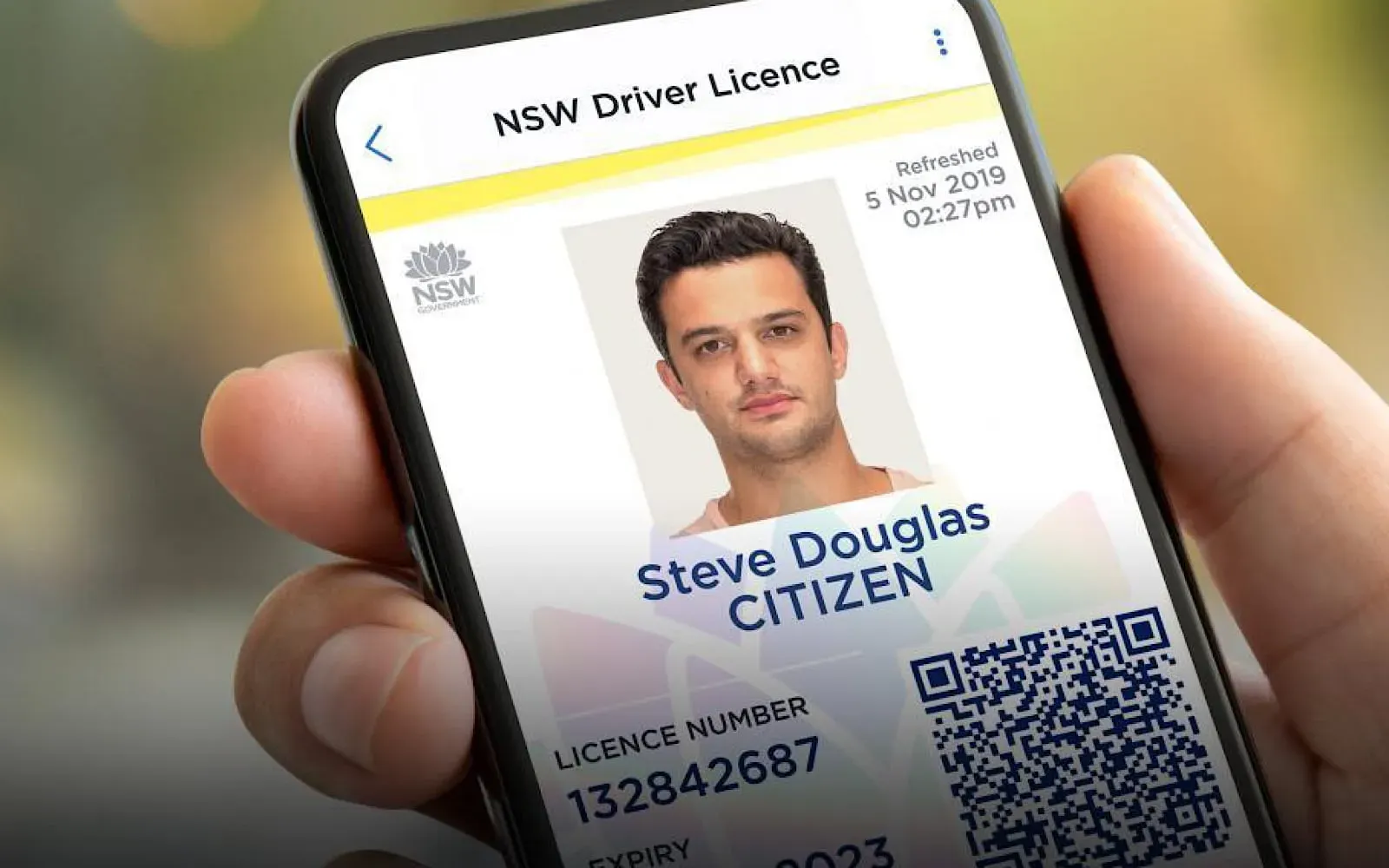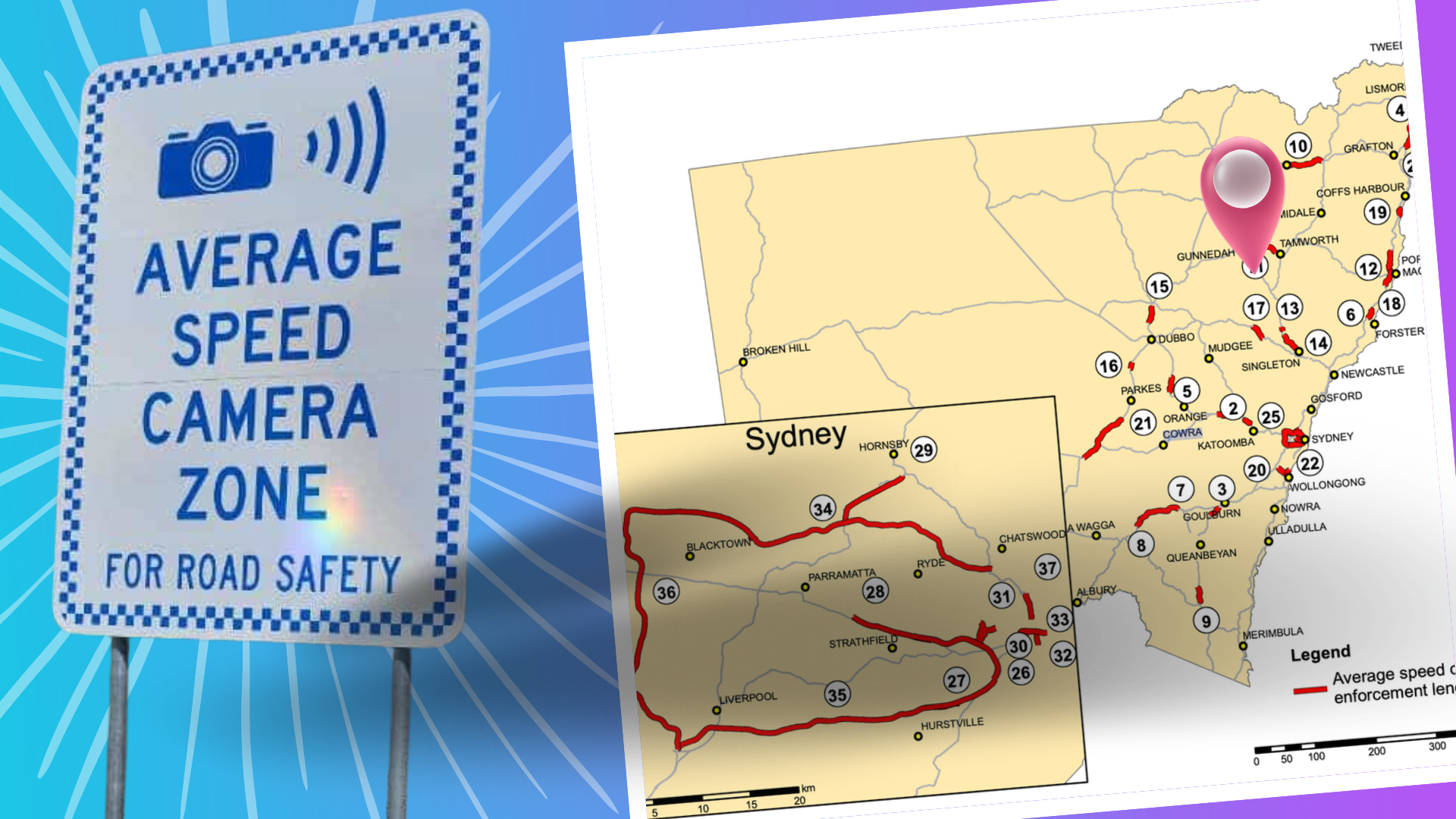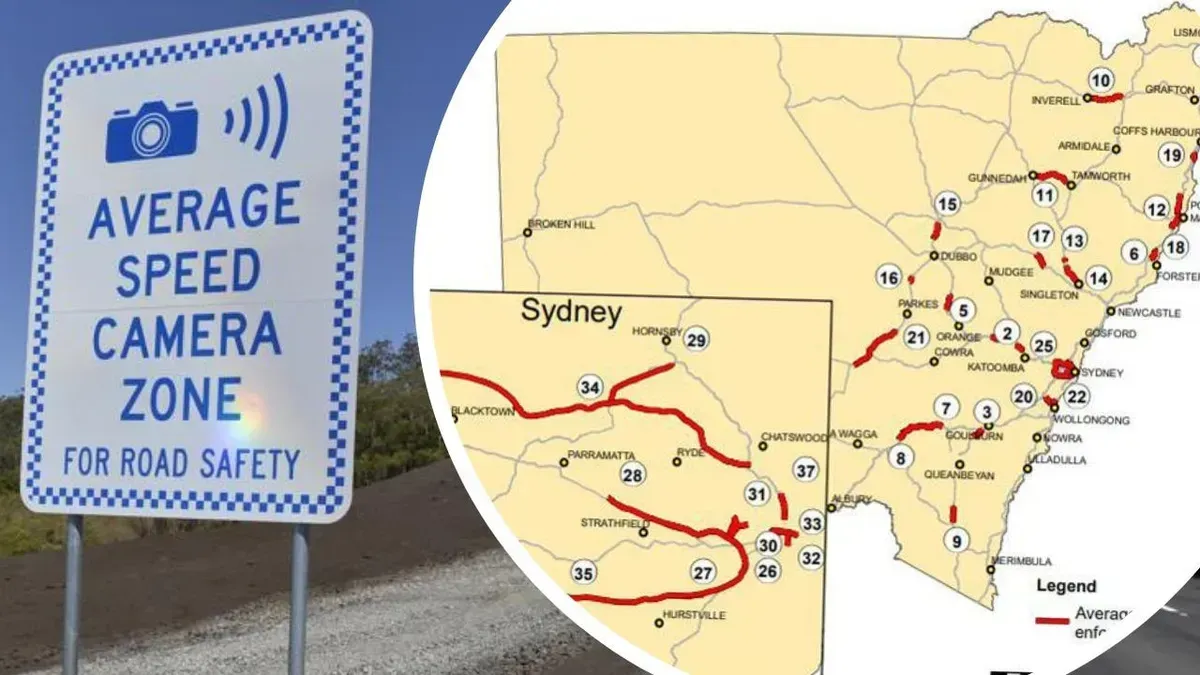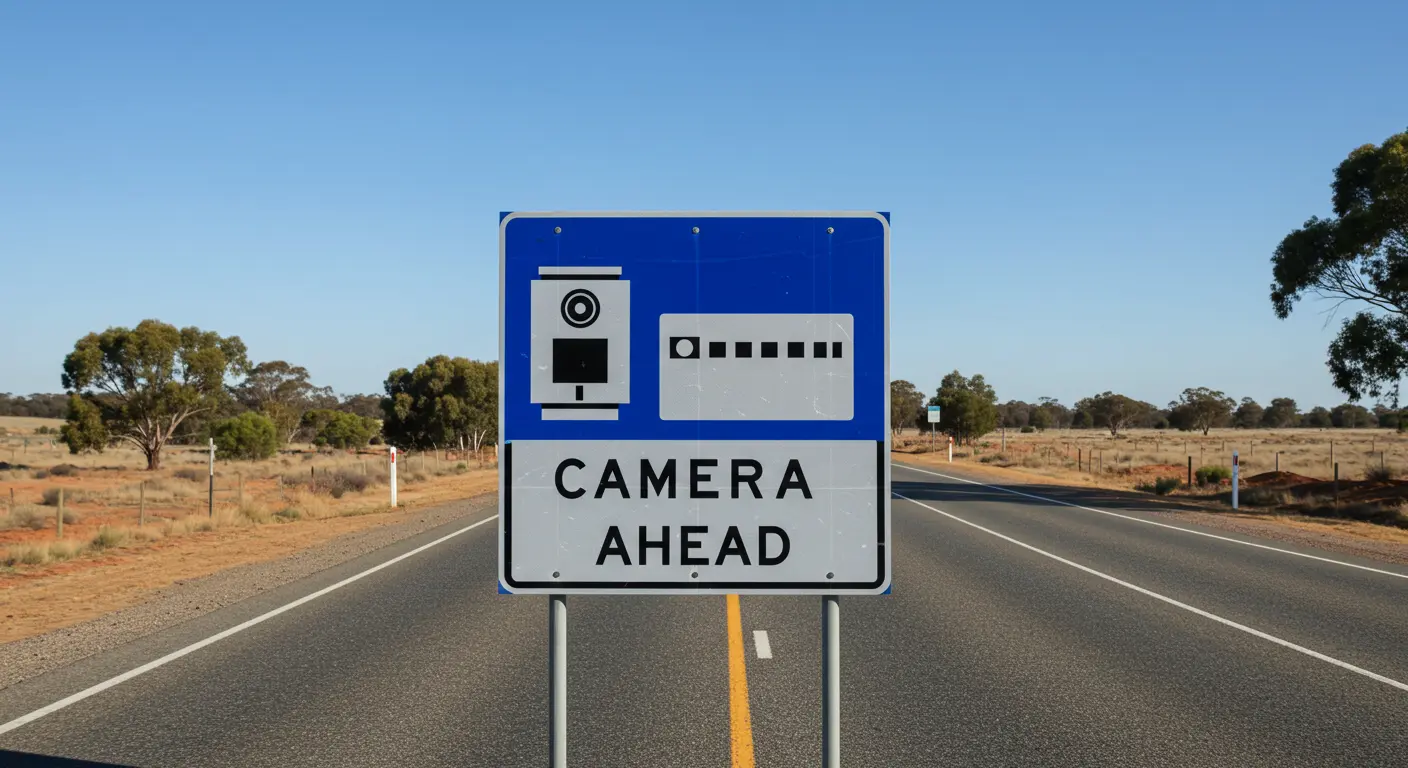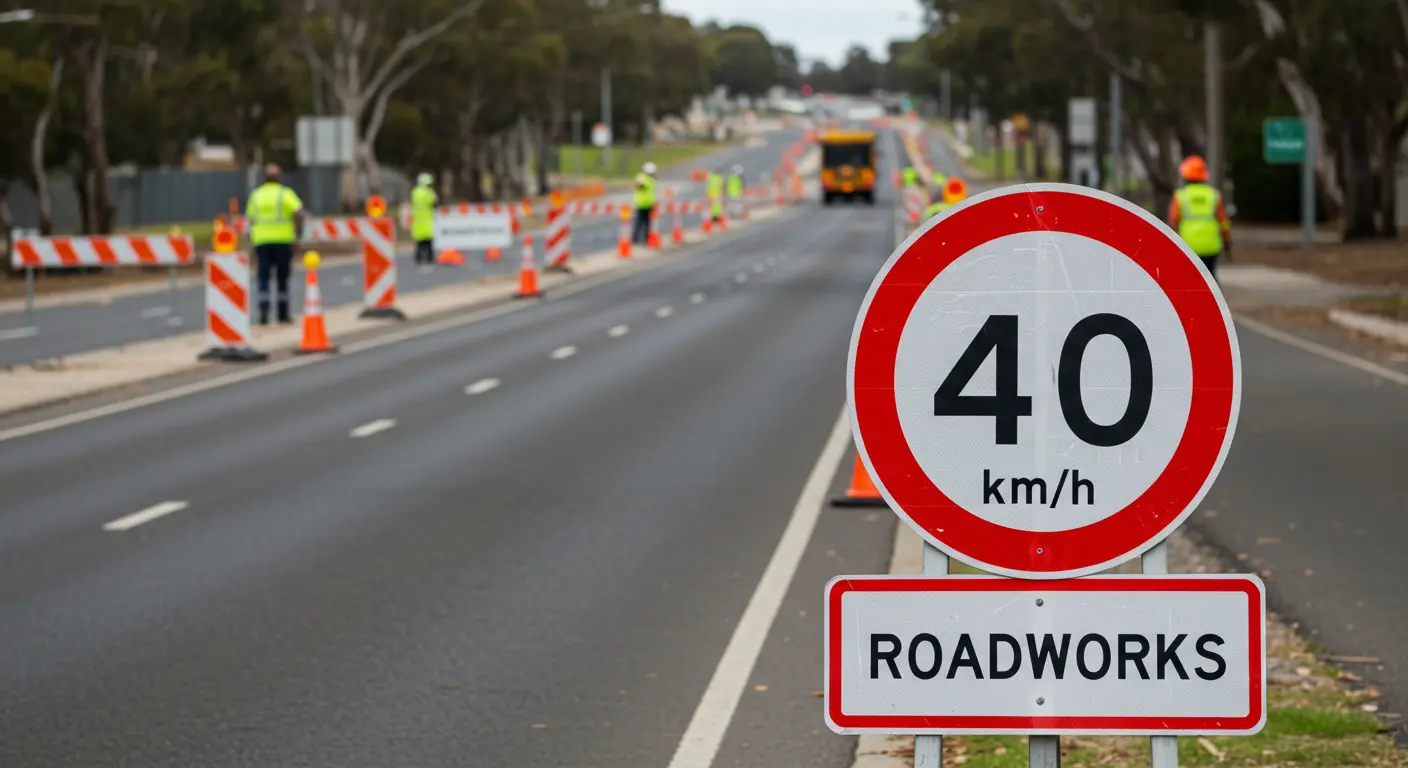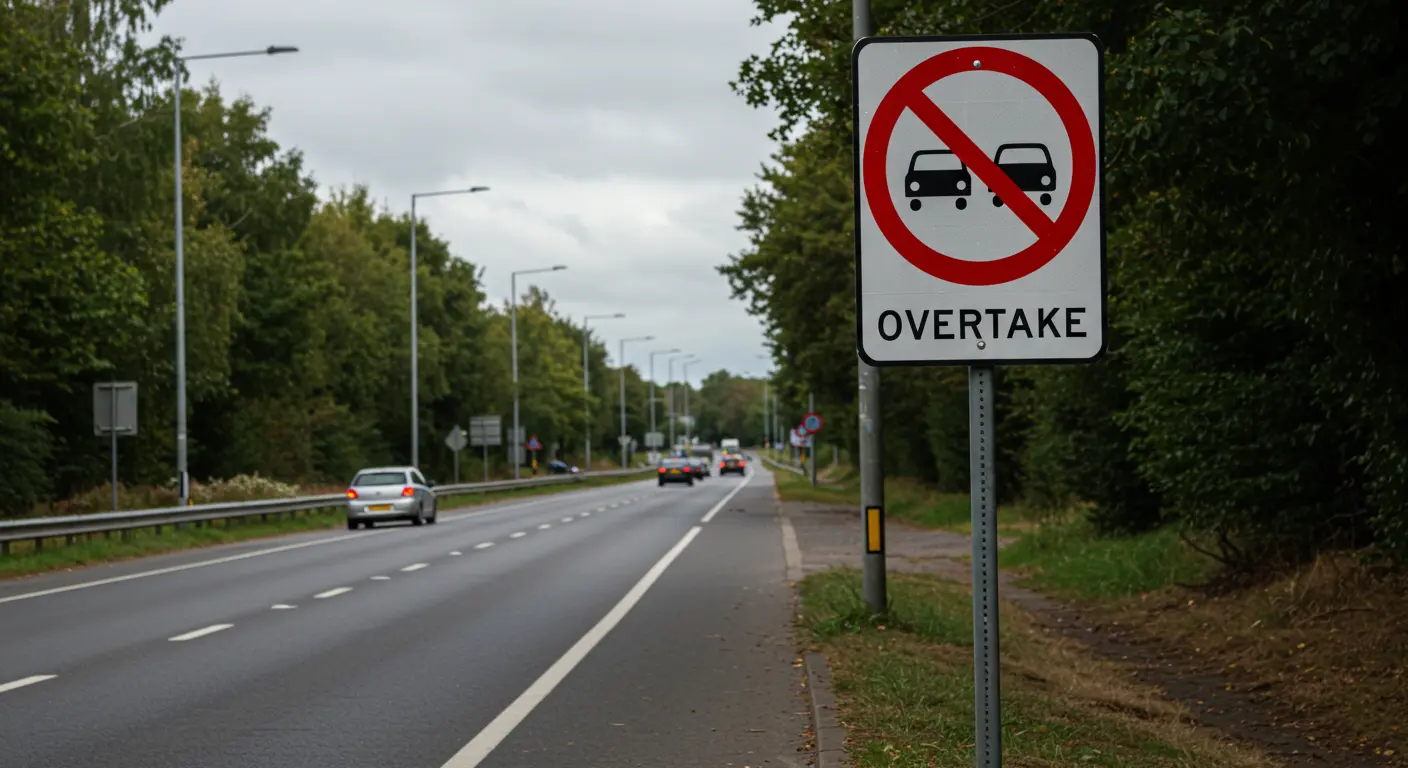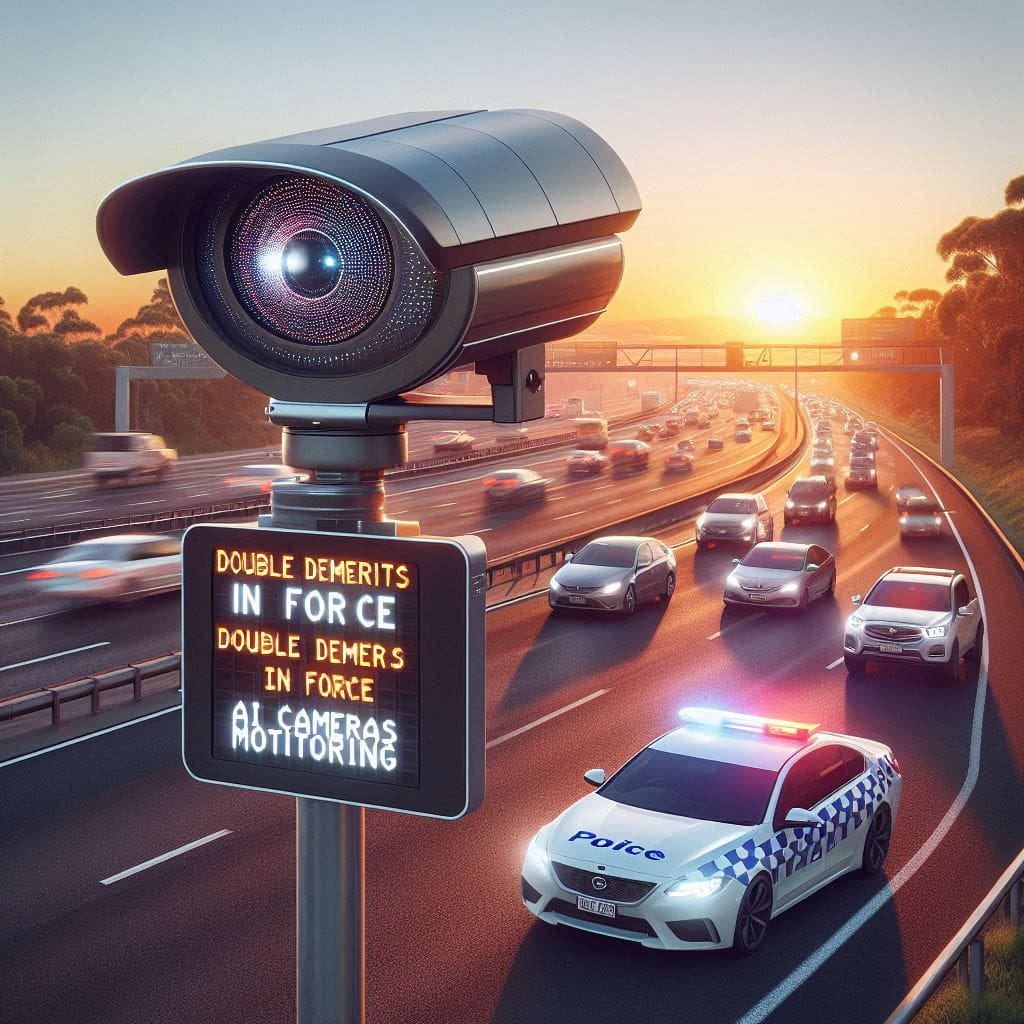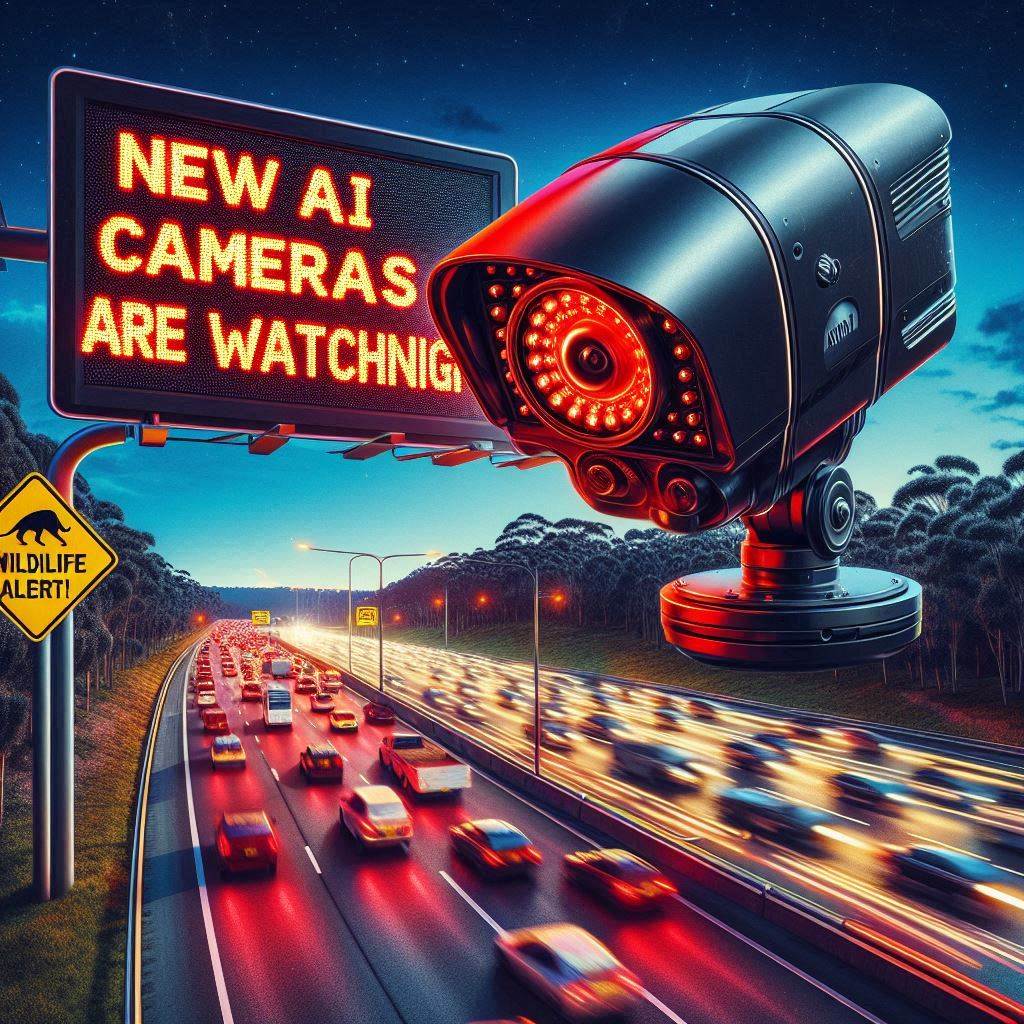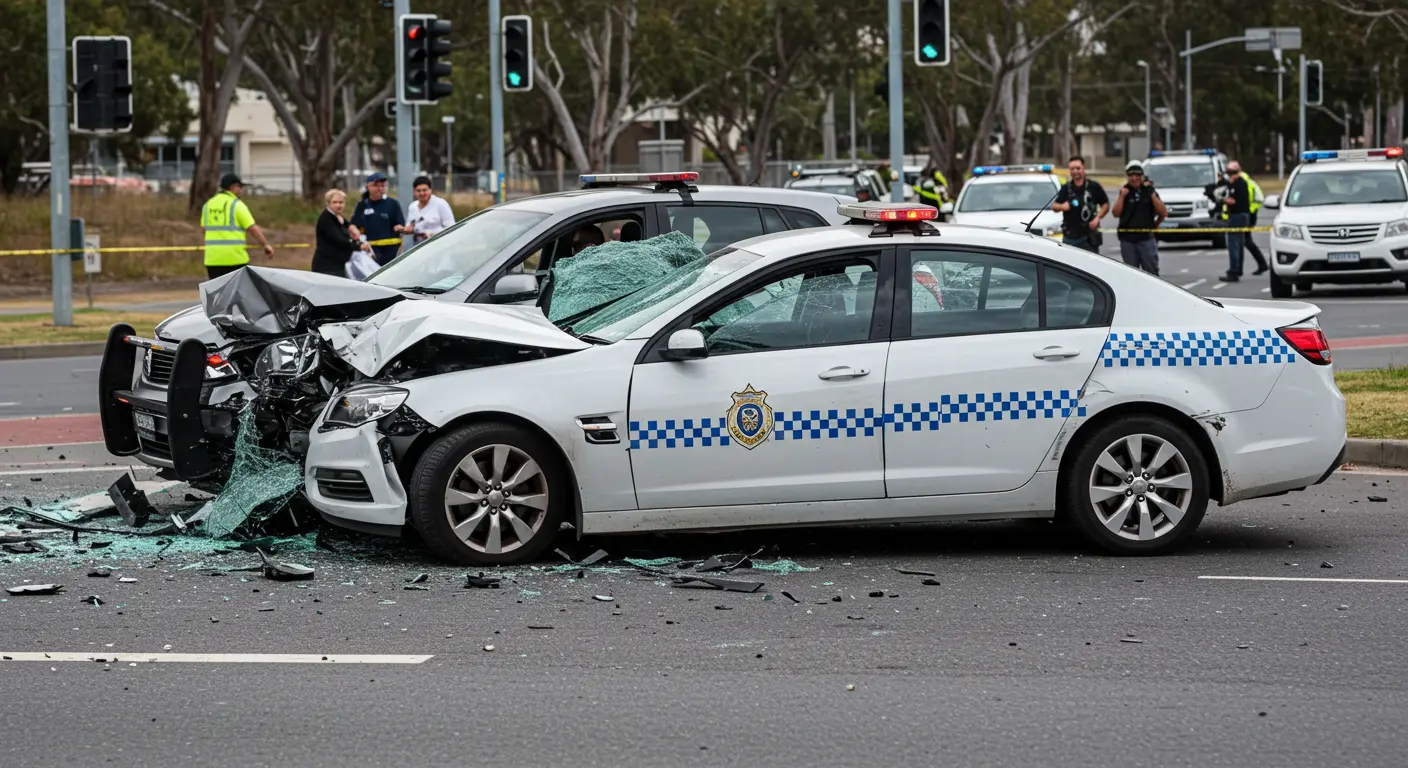NSW is expanding its use of average speed cameras, targeting all vehicles in a new trial. Here’s what drivers need to know.
What Are Average Speed Cameras?
Average speed cameras, also known as point-to-point cameras, are designed to improve road safety by monitoring a vehicle’s speed over a longer distance rather than a single point. Unlike traditional speed cameras, which capture a vehicle’s speed at a single location, these systems calculate the average speed between two points.
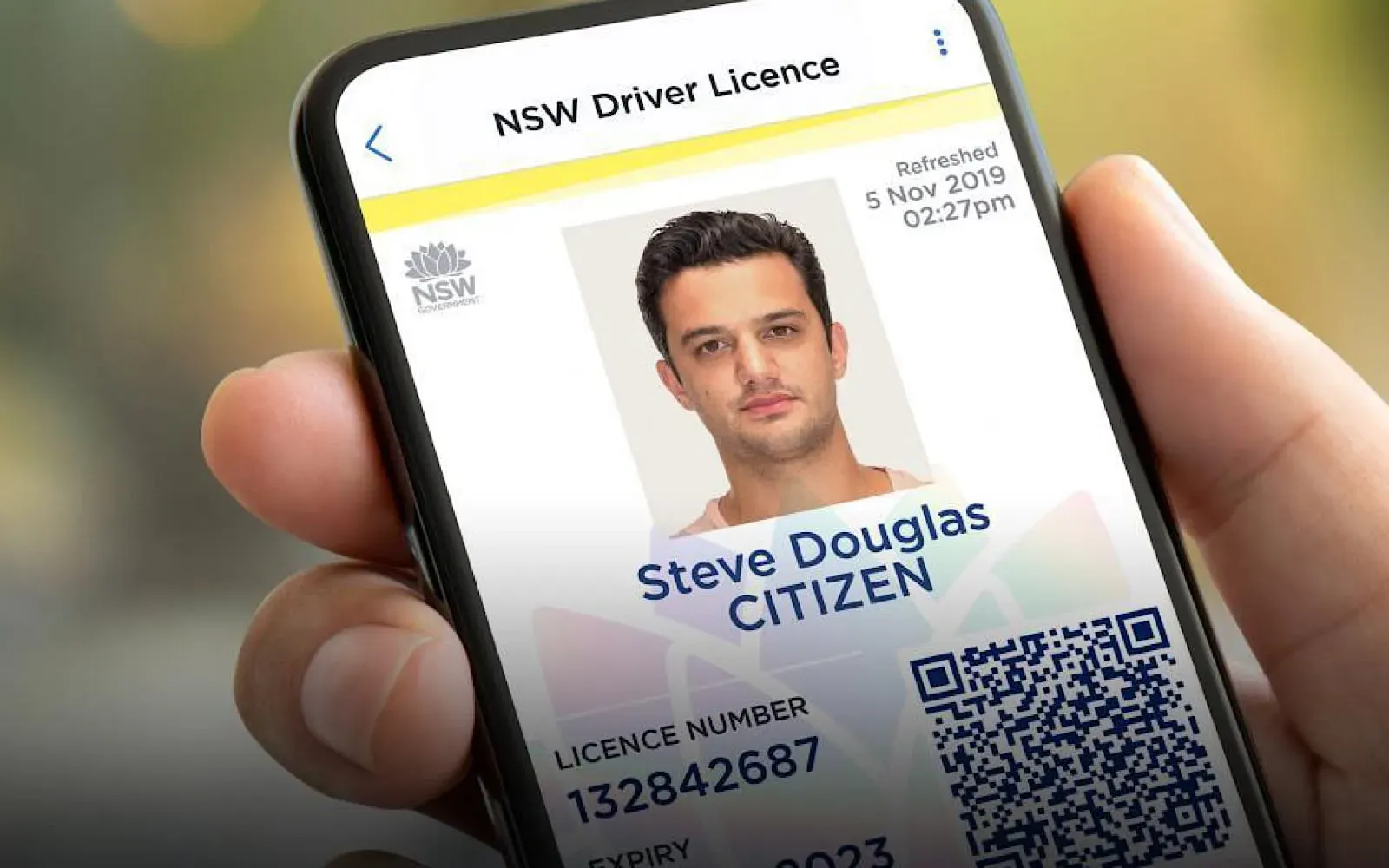
How Do Average Speed Cameras Work?
- The first camera captures an image of your vehicle and records the time.
- A second camera further down the road does the same.
- The system calculates your average speed between the two points.
- If your average speed exceeds the limit, you could face penalties.
NSW Expands Trial to All Vehicles
Currently, average speed cameras in NSW only apply to heavy vehicles, but this is set to change. The NSW Government is launching a trial to monitor all vehicles on two key highways:
- Pacific Highway (Kew to Lake Innes, Port Macquarie)
- Hume Highway (Coolac to Gundagai)
During the 60-day trial period, drivers who exceed the speed limit will receive warning letters instead of fines. However, once the trial ends, penalties and demerit points will apply.
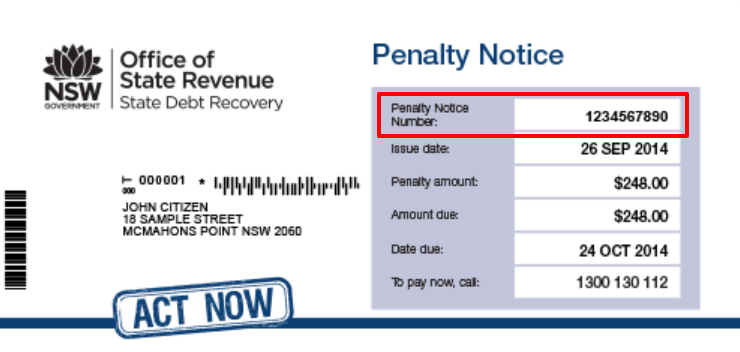
Speeding Penalties in NSW
| Offence | Fine | Demerit Points | License Suspension |
|---|---|---|---|
| Exceed speed limit by 10 km/h or less | $137 | 1 | N/A |
| Exceed speed limit by more than 10 km/h | $316 | 3 | N/A |
| Exceed speed limit by more than 20 km/h | $542 | 4 | N/A |
| Exceed speed limit by more than 30 km/h | $1,036 | 5 | 3 months minimum |
| Exceed speed limit by more than 45 km/h | $2,794 | 6 | 6 months minimum |
(Source: Service NSW)
How to Stay Compliant in Average Speed Zones
- Maintain a steady, legal speed throughout the zone.
- Don’t rely on slowing down just before the second camera—the system calculates your entire journey’s speed.
- Pay attention to road signs indicating average speed camera enforcement zones.
- These cameras operate 24/7, in all weather conditions.
The Future of Speed Enforcement in NSW
With NSW aligning its policies with other Australian states, the introduction of average speed cameras for all vehicles signals a shift in speed enforcement strategies. This move aims to promote consistent, safe driving habits rather than encouraging motorists to slow down only at fixed-speed camera locations.
As the trial progresses, NSW drivers should prepare for tighter speed enforcement regulations. Staying within speed limits is more important than ever, not just to avoid fines, but to ensure safer roads for all.
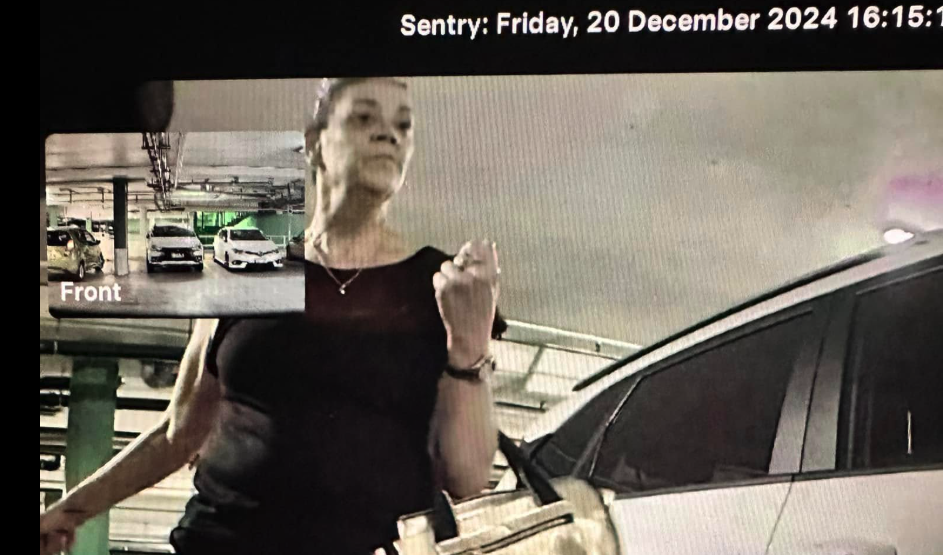
CarExplore's Thoughts
With the expansion of average speed cameras, NSW drivers must adapt to new enforcement methods. Whether on a long road trip or a daily commute, it’s crucial to follow posted speed limits to avoid fines, demerits, and potential license suspensions.
Stay aware, drive safely, and enjoy a smoother, penalty-free journey on NSW roads.
Let our experts do the hard work so you can drive away with the best price. Start exploring today. Find out more!
